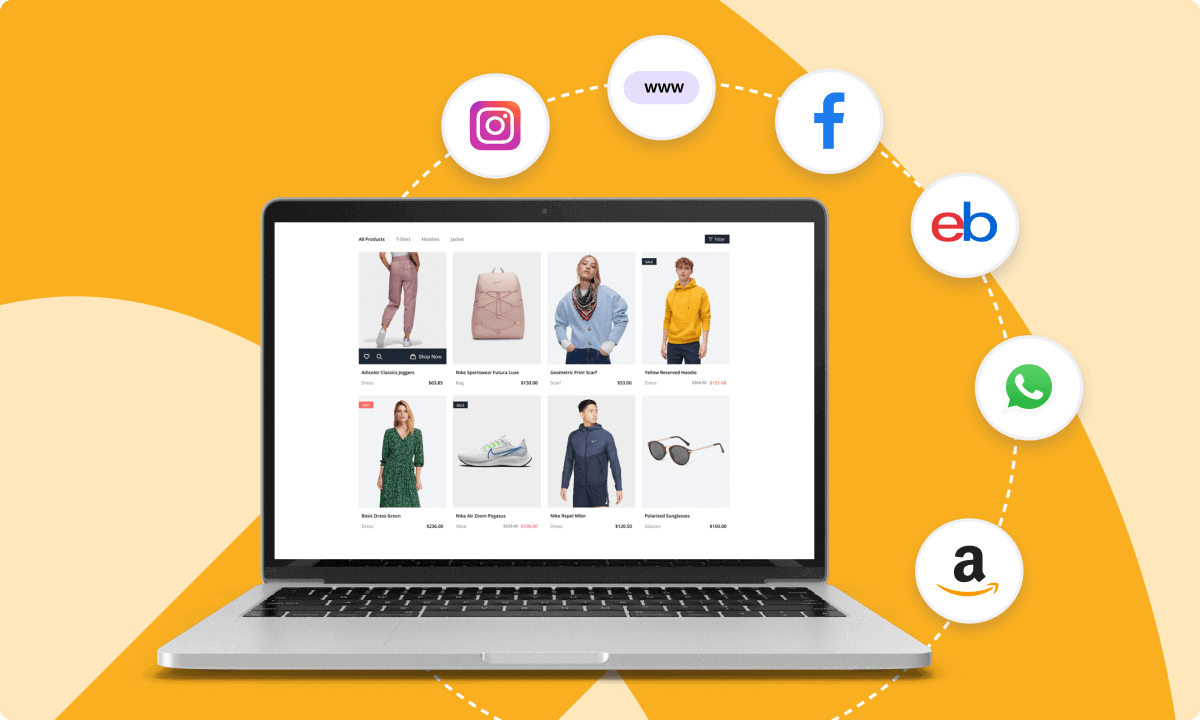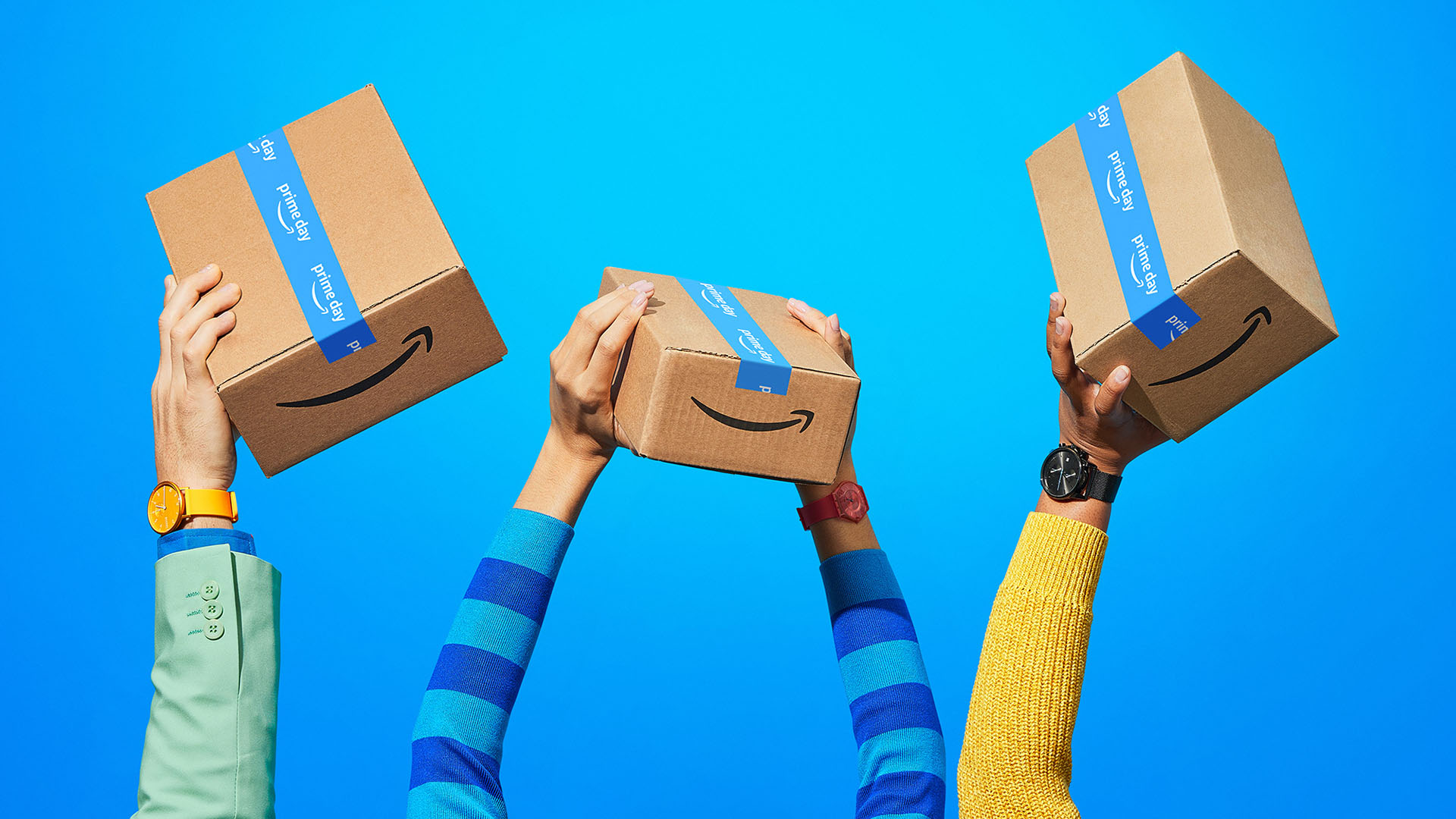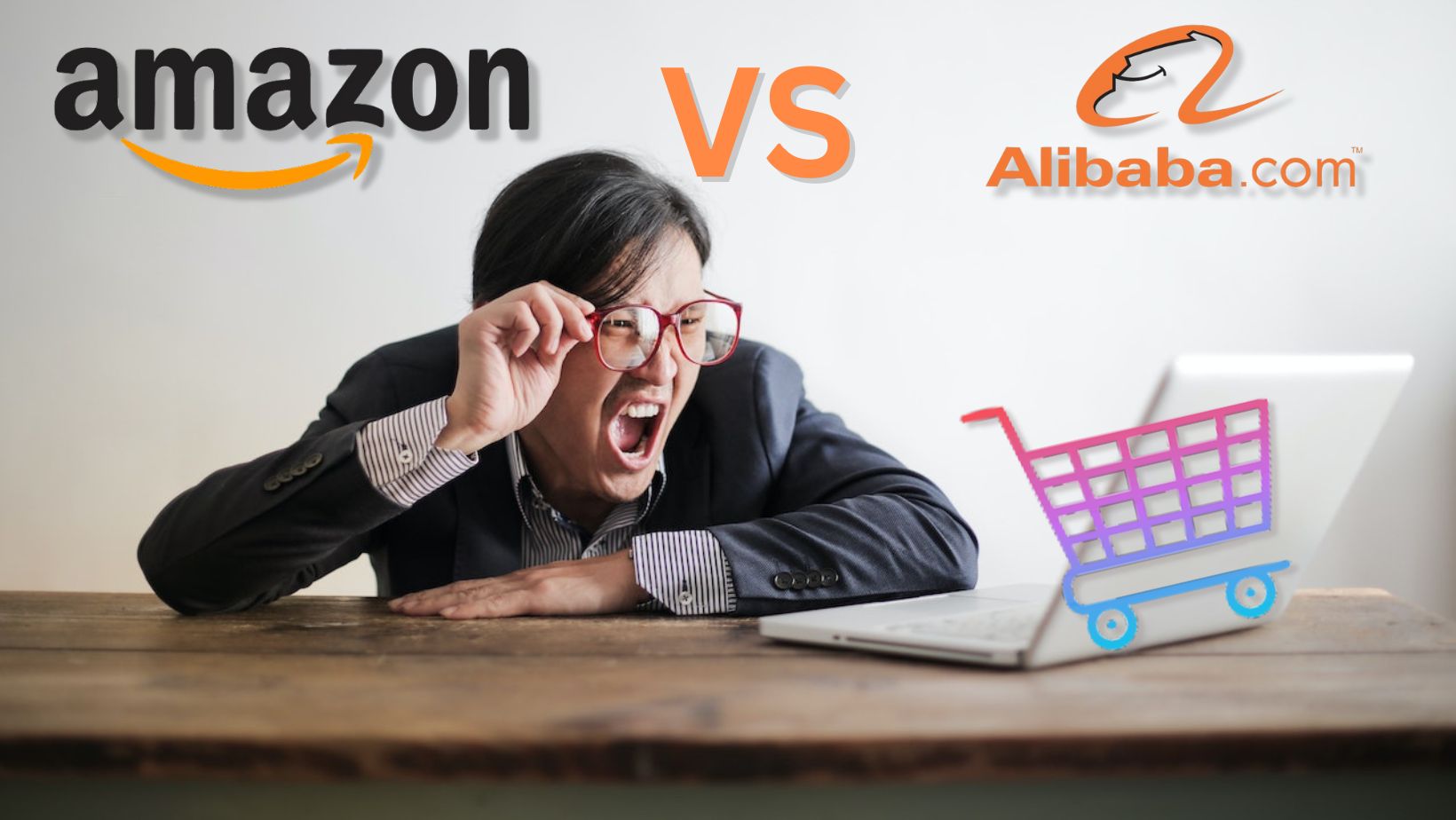Amazon vs Dropshipping: which business model works best for you and why? Are you an entrepreneur who’s looking into making the best of 2024 in his/her ecommerce and/or Amazon FBA business? Then keep reading, this blog post might answer some of your questions before you jump into one of the two business models.
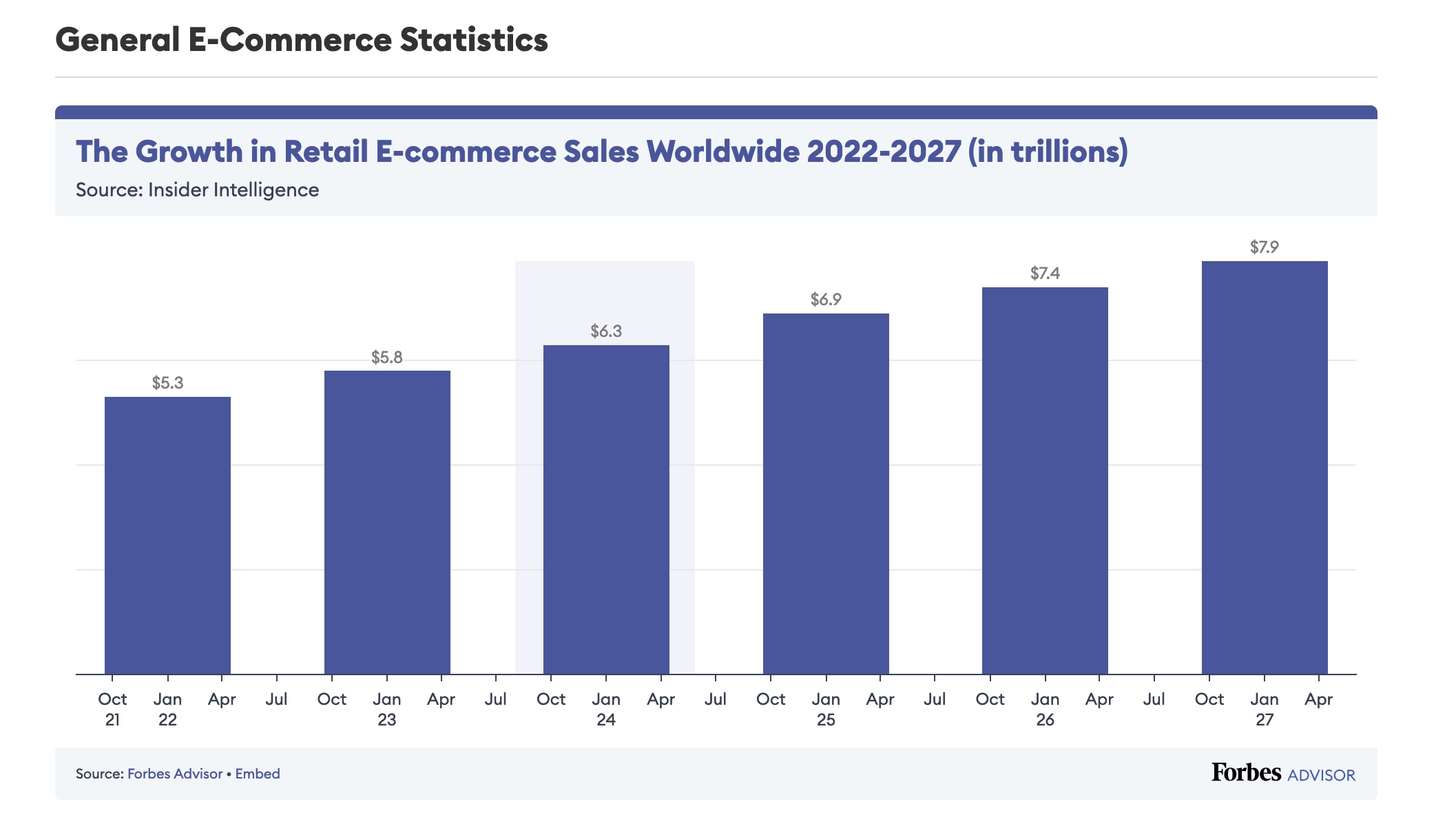
In the fast-paced world of e-commerce of our modern days, entrepreneurs have a multitude of options to choose from when it comes to building their online businesses and scaling their brands to the next level. Two popular models that have gained significant attention are Amazon FBA (Fulfillment by Amazon) and Dropshipping. Both offer unique advantages and challenges, making the decision between them a crucial one for aspiring e-commerce business owners as well as for already established ones who might find themselves asking: “should I add Amazon FBA to my Dropshipping ecom business?!” – and vice versa “why not adding Dropshipping to my Amazon FBA business?!”.
Amazon FBA vs Dropshipping, which one is best for you?
In this quick guide, we will delve deep into the Amazon FBA vs. Dropshipping debate, exploring the key differences, advantages, disadvantages, and factors you should consider when choosing the right model for your business. We will also provide leading insights from industry experts to help you make the best decision before starting your e-commerce journey
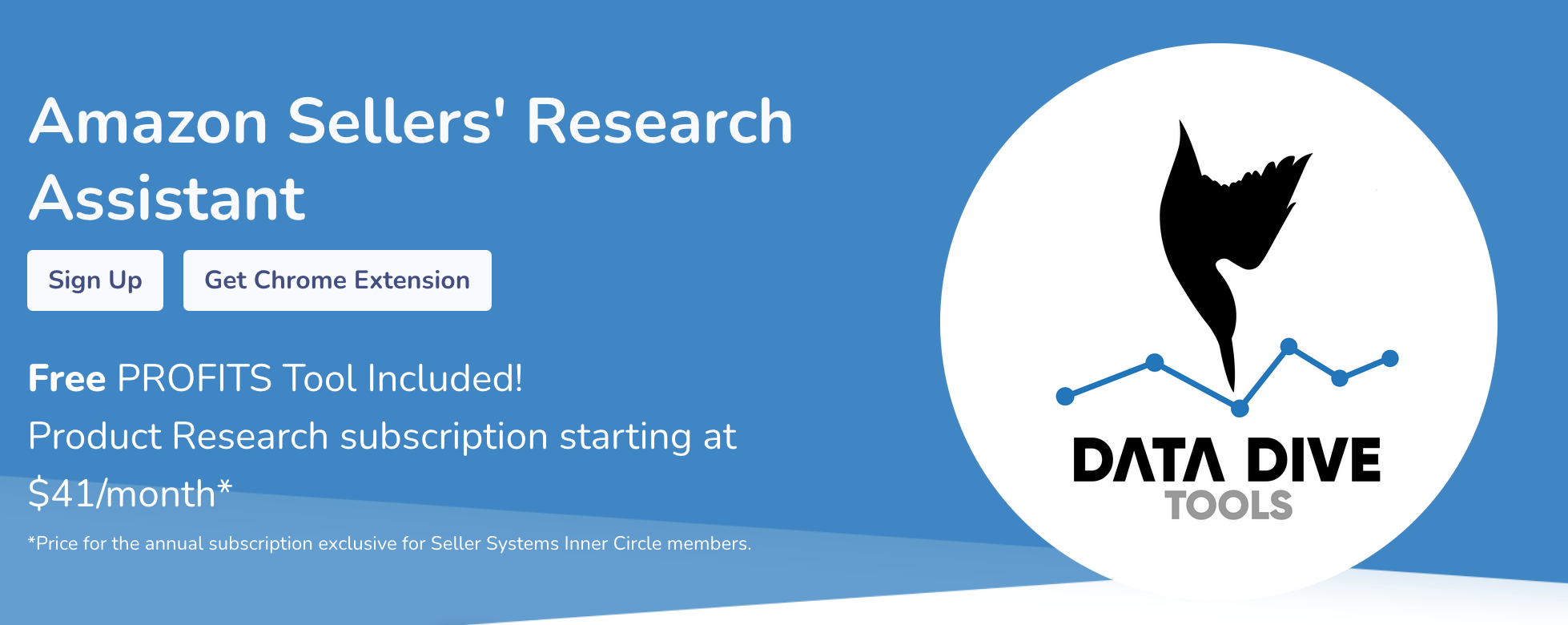 Amazon FBA Model: Fulfillment by Amazon
Amazon FBA Model: Fulfillment by Amazon
Firstly, let’s hop into the wide world of Amazon. Before we get into what Amazon FBA is, we should know how much of an e-commerce powerhouse Amazon really is. Amazon is one of the most recognisable brands in the world today and the second largest company by revenue (as of January, 2024 according to companiesmarketcap.com). It is the fourth tech company to ever reach the $1 trillion market cap and is a market leader in e-commerce, cloud services, advertising, video streaming, music streaming, and much more.
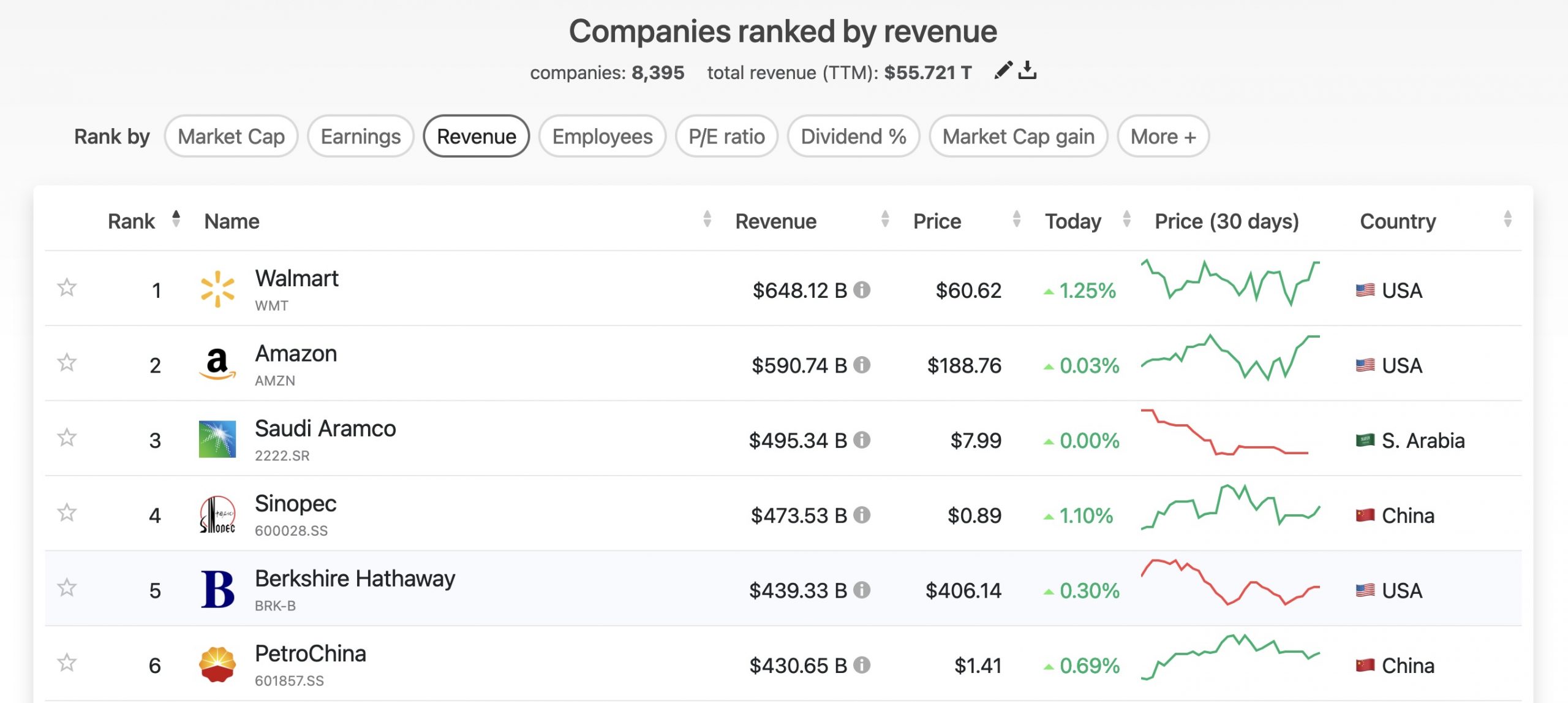
According to businessofapps.com “As of 2021, Amazon has over 200 million Prime subscribers. 147 million are based in the US. Amazon Prime Video counted more than 175 million unique viewers in 2021.” Now those are big numbers! Here are some even more impressive stats by Amazon:
Amazon Key Statistics (source: businessofapps.com)
- Amazon generated $513 billion revenue in 2022, making it the third largest company in the world by revenue
- Amazon Web Services was responsible for 15% of that revenue
- Amazon reported a net loss of $2.7 billion in 2022, its first annual net loss in seven years
- 220 million customers subscribe to Amazon Prime worldwide, with 168 million in the US alone
- Amazon Prime Video had 190 million users in 2022, while Prime Music reached 74 million
Now that we have a little background on Amazon and how powerful and how much reach their platform has, let’s get into the nitty-gritty of Amazon FBA. So, what is Amazon FBA? On Amazon’s own site, they define Amazon FBA as:
“ Fulfillment by Amazon (FBA) is a service that allows you to outsource order fulfillment to Amazon. Sign up for Amazon FBA to send products to Amazon’s global network of fulfillment centers and offer customers free, two-day shipping through Prime. When a customer makes a purchase, Amazon fulfillment specialists can pick, pack, and ship the order. We can also provide customer service and process returns for those orders. “
(Source: Amazon.com)
As you can see per Amazon’s definition above, Amazon FBA is a fulfilment method that allows sellers to ship and store their products in Amazon’s fulfillment centers. When customers place orders, Amazon picks, packs, and ships the products on behalf of the seller. This model offers several advantages for bother sellers and consumers alike.
Now let’s go over some key elements of the Amazon FBA business model:
- Prime Eligibility: Products fulfilled by Amazon are often eligible for Prime shipping, which can significantly boost your visibility and sales potential. Selling via Amazon Prime also allows One-Day and Two-Day Delivery at no additional charge for your Prime customers.
- Customer Trust: When consumers are looking for a product to buy they want to buy from someone they trust. Amazon is a trusted e-commerce platform, and many customers feel more comfortable buying from sellers using FBA due to the reliable and fast shipping.
- Scalability: Not all startups and first-time entrepreneurs can handle the cost and time of dealing with scaling their brand and dealing with logistics, warehouses, or factories. FBA handles your inventory storage and order fulfillment, relieving the pressure and allowing you to focus on scaling your business and marketing efforts.
- Customer Service: When first starting on your e-commerce journey, you don’t have time to answer a million customer questions, but Amazon does. Amazon takes care of customer service, including returns and refunds, which can save you valuable time and resources.

However, Amazon FBA also comes with its share of challenges and potential headaches:
- Fees: FBA has a lot of fees and those fees can add up if you’re not smart about it. These fees can include storage fees, fulfilment fees, long-term storage fees for unsold inventory, advertising fees, product returns, etc.
- Limited Control: When selling on Amazon and using their platform you will have less control over your inventory and fulfillment process when relying on Amazon’s facilities. You’re at the mercy of Amazon and their rules, and their rules are always changing and updating. So keep that in mind when deciding to use FBA.
- Competition: From the stats above you know theirs 100’s of millions of customers and with that comes lots of competition from sellers. Amazon’s marketplace can be highly competitive, making it challenging to stand out, but with the right niche and product research you can still come out on top.
- Compliance: Amazon has a lot of rules and regulations, which can change frequently and you must adhere to Amazon’s rules and regulations or they will shut your store down. So before choosing your product and sending it to Amazon, make sure you do the proper research and have all your certifications and approvals in check.
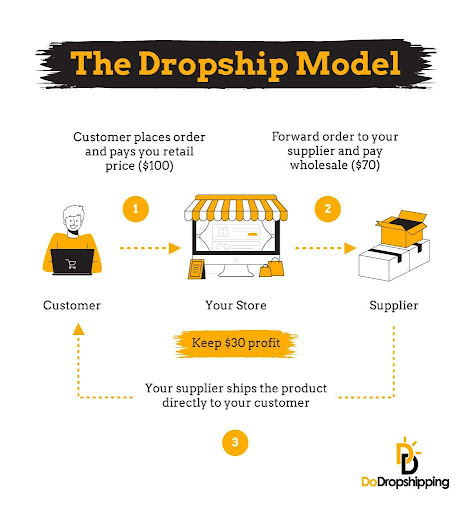
Dropshipping: A Different Approach to e-commerce
Now that we have introduced you to selling on Amazon FBa, it’s time to dive into the world of Dropshipping.
Dropshipping is an e-commerce model where sellers don’t hold their inventory. Instead, they simply source products from suppliers and only purchase items when they make a sale. Here are the advantages of dropshipping:
- Low Startup Costs: The good thing about Dropshipping is that it requires minimal upfront investment since you don’t need to buy inventory in bulk. You just need to focus on marketing and getting that first sale.
- Variety of Products: The beauty of Dropshipping is you can offer a wide range of products without the need for a large storage facility. You will need to find a good supplier that supplies the products you want to sell.
- Flexibility: With Dropshipping comes great flexibility. You don’t have to spend large upfront costs on a product that you’re not sure will actually work. You can experiment with a variety of different products and niches, and can quickly pivot if something isn’t working.
- Location Independence: With this ecommerce model, you don’t necessarily need a registered business like you do with Amazon FBA to operate and sell globally. Dropshipping allows for a location-independent business, as you can operate from anywhere in the world with an internet connection.

However, dropshipping also has its fair share of challenges:
- Lower Profit Margins: Since you don’t control the product pricing, profit margins in dropshipping are often lower than in FBA. You can work out deals and discuss with your suppliers to get better profit margins on the products you are selling.
- Supplier Reliability: This can go for both FBA and Dropshipping. When relying on suppliers for inventory, this can lead to issues like stockouts and shipping delays. It’s good to have a reliable supplier and possibly a few backup suppliers just in case you run into any supply issues.
- Quality Control: When dealing with Dropshipping suppliers, you will have limited control over product quality as you are not outright dealing with the product firsthand or investing upfront money with the supplier factory. This can affect customer satisfaction and brand image if they keep receiving bad quality products. I would suggest to at least buy one of your products or requesting a sample from your supplier just to make sure the quality of your product.
- Marketing Demands: The hard part of Dropshipping is you currently don’t have as big of a platform as Amazon or the enormous customer base FBA does. Successful dropshipping will require effective marketing and customer acquisition strategies. You will also have to rely on making your own brand website as well as leveraging social media and deal sites to drive traffic and sales.
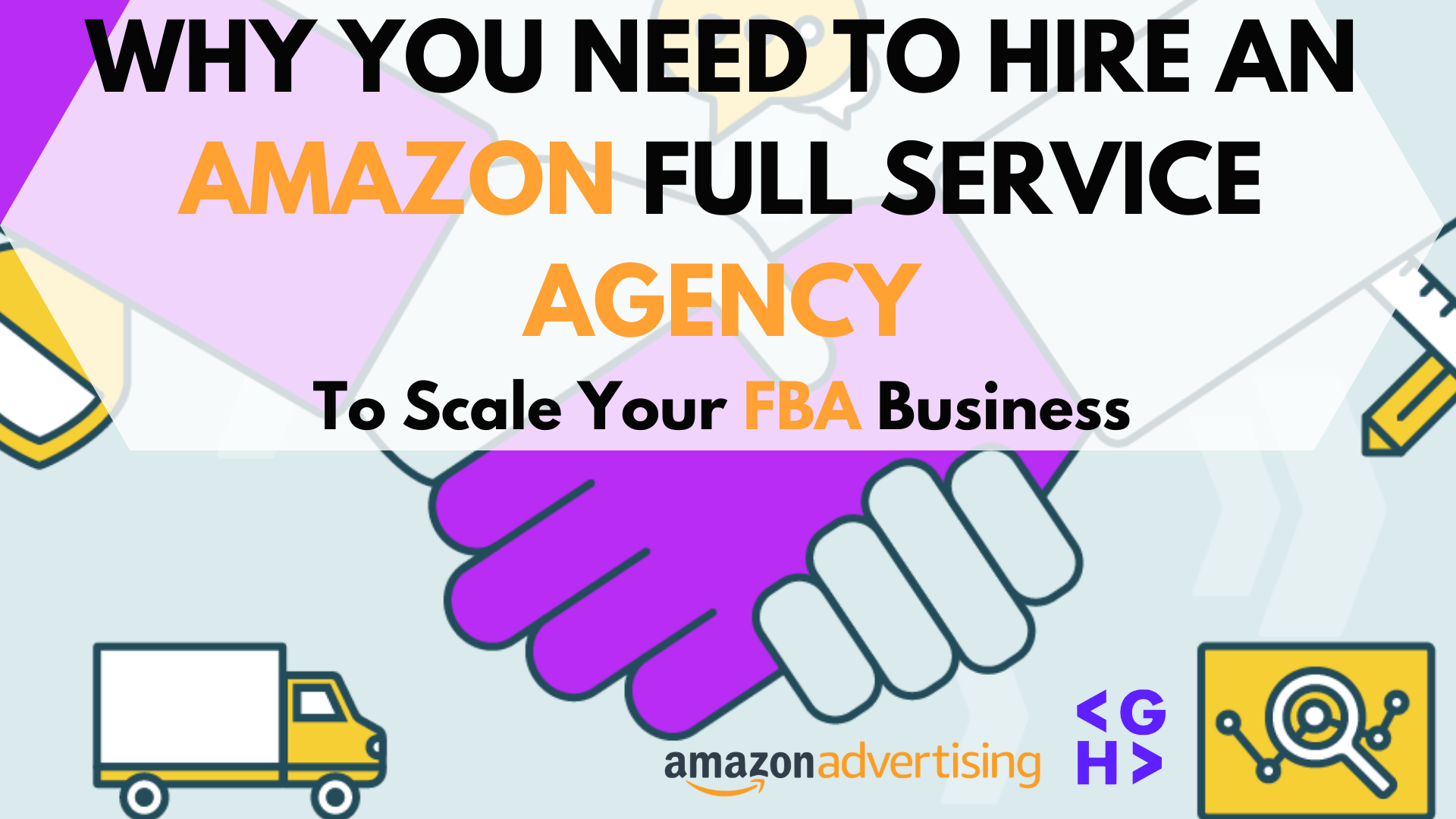
Factors to Consider about Dropshipping vs Amazon FBA ecommerce Models
Now that we’ve examined the basics of Amazon FBA and Dropshipping, let’s explore the key factors to consider when choosing between these two popular e-commerce models:
- Business Goals: You will need to consider your long-term goals. If you aim for a highly scalable, brand-focused business, Amazon FBA may be a better choice. If you prefer a lean, low-risk model, dropshipping could be more suitable for your needs.
- Budget: Before you even start to think about choosing FBA or Dropshipping you need to go over your budget. Evaluate your budget and risk tolerance. Dropshipping requires less initial capital, making it more accessible for entrepreneurs with limited funds.
- Niche and Products: Now that you have your budget figured out, the next big thing and the million-dollar question everybody asks me is “What product do I sell?” The type of products you want to sell can influence your decision and the direction your brand will go. Some niches may be better suited to one model over the other.
- Control: How much control do you want over your business operations? Amazon FBA offers less control but more convenience, while Dropshipping provides more control but requires more effort.
- Marketing Skills: Marketing will be key, especially in Dropshipping. Dropshipping heavily relies on marketing and advertising skills. If you have expertise in this area, it can give you a greater advantage over the competition.
- Competition: Before you begin selling, It’s highly recommended you research the competition thoroughly in your chosen niche. A highly competitive market may require more strategic planning and more upfront costs.
- Customer Service: Taking care of your customer base will be crucial for the longevity of your brand. You need to consider how you will handle customer service, returns, and refunds. FBA takes care of these aspects while dropshipping sellers need to manage them.
- Profit Margins: Make sure you give yourself enough room for proper profit margins as you don’t want to bleed into your budget right off the gate. You will need to analyze the potential profit margins in your chosen niche and model. Amazon FBA may offer higher margins for certain products but also higher fees depending on the product category.
Amazon FBA vs Dropshipping: Leading Industry Insights
Now it’s time to provide you with a well-rounded perspective, let’s take a look at insights from leading experts in the e-commerce industry:
- Helium 10: According to Helium 10’s blog on Amazon FBA vs. Dropshipping, “Your choice between the two models should align with your goals. If you’re looking for a hands-off approach with the potential for high scalability, FBA might be a better fit. Dropshipping, on the other hand, suits entrepreneurs who want to minimize upfront costs and maintain more control.”
- SellerApp: SellerApp’s blog advises that “both models can be profitable, but your success will depend on your ability to adapt and execute your strategy effectively. It’s important to continuously monitor your business and make adjustments as needed.”
- Jungle Scout: Jungle Scout’s blog highlights the importance of market research: “Regardless of your chosen model, thorough market research is key. Knowing your target audience and their needs will help you make informed decisions about which products to sell.”
- RepricerExpress: According to RepricerExpress, “While dropshipping can be a great entry point into e-commerce due to its low startup costs, Amazon FBA offers a more hands-off approach for scaling your business. It’s essential to carefully evaluate your resources and goals.”
- Hostinger: Hostinger’s tutorial suggests that “your decision should align with your level of expertise and willingness to learn. Dropshipping requires a strong focus on marketing and customer acquisition, while Amazon FBA leans more towards inventory management and brand building.”

Amzon FBA vs Dropshipping: Conclusion
In the Amazon FBA vs. Dropshipping debate, there is no one-size-fits-all answer. There is no right or wrong answer and your choice should align with your business goals, budget, and level of expertise. Both e-commerce models have their advantages and disadvantages, and success ultimately depends on your ability to adapt, innovate, and execute your chosen strategy effectively.
Before making a decision on whether to go with Amazon FBA or Dropshipping, conduct thorough research, consider expert insights, and perhaps even experiment with both models to determine which one suits your entrepreneurial journey best. Whichever path you choose, remember that e-commerce success often comes from continuous learning and adaptation to changing market dynamics. May the best e-commerce model win.
I am text block. Click edit button to change this text. Lorem ipsum dolor sit amet, consectetur adipiscing elit. Ut elit tellus, luctus nec ullamcorper mattis, pulvinar dapibus leo.

